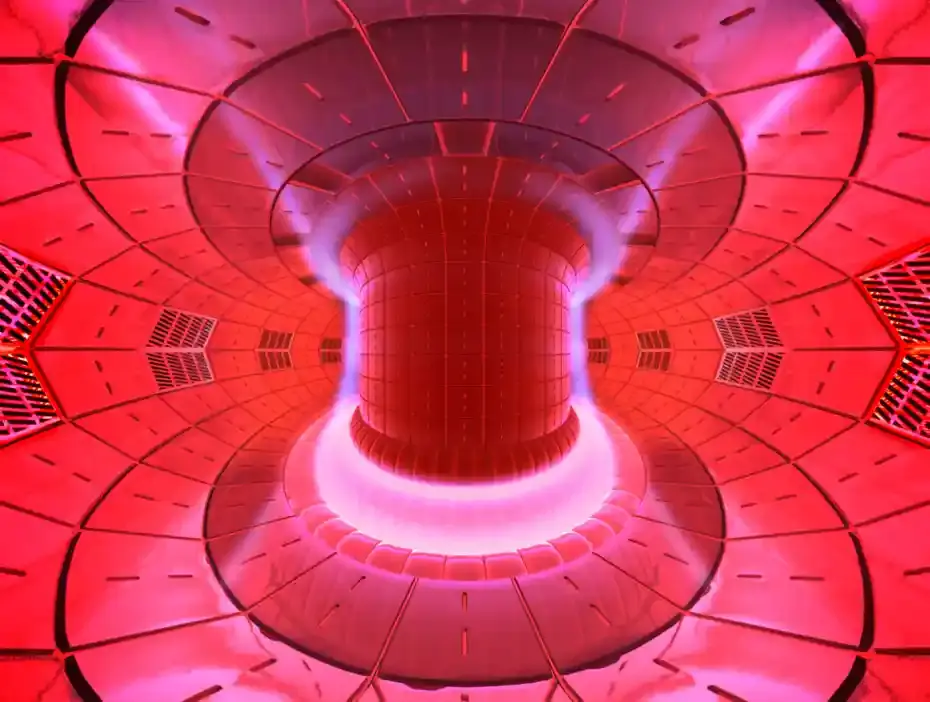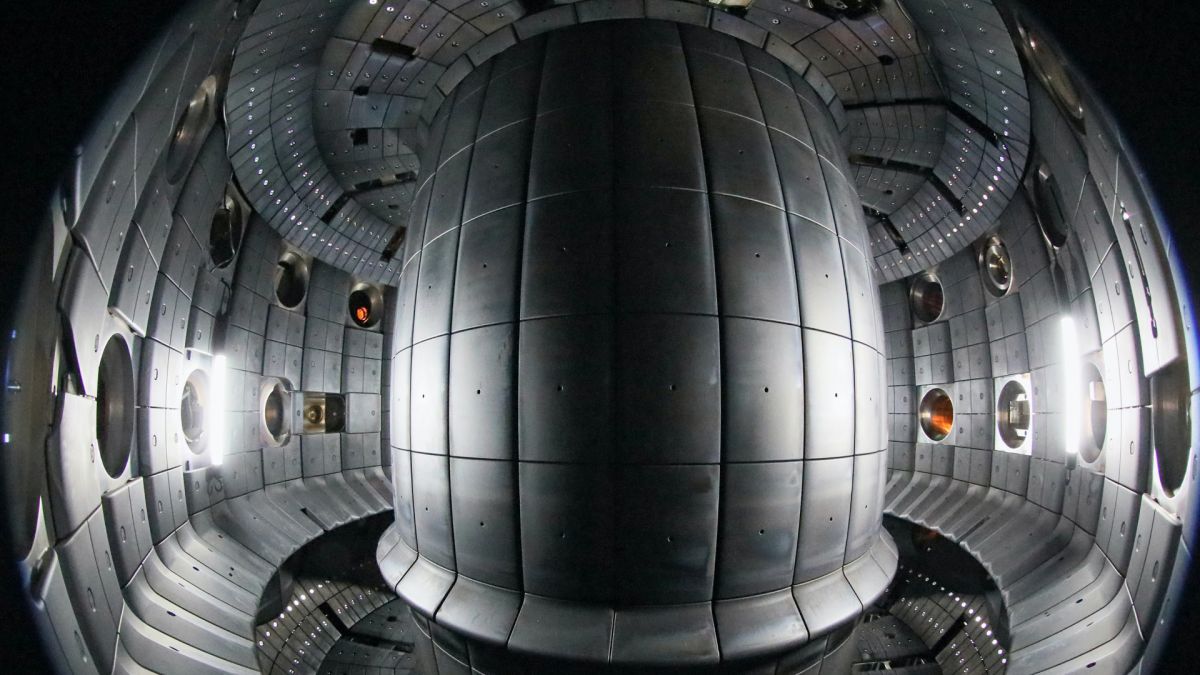Fusion reactors could generate more power thanks to a reworking of Greenwald’s Law.
The research, led by physicists from the Swiss Plasma Center at École Polytechnique Fédérale de Lausanne (EFPL), has determined that the maximum hydrogen fuel density is about twice the “Greenwald Limit” – an estimate derived from experiments more than 30 years ago.
A study about the discovery was published May 6 in the journal Physical Review Letters.
At the heart of the new calculations is the Greenwald Limit, named after MIT physicist Martin Greenwald who determined the limit in 1988. Researchers were trying to find out why their fusion plasmas effectively became uncontrollable (they expanded outside the magnetic fields they were contained by within the tokamak chamber) when they increased the fuel density past a certain point, and Greenwald derived an experimental limit based on a tokamak’s minor radius (the size of the donut’s inner circle) and the amount of electric current passing through the plasma. Although scientists had long-suspected the Greenwald Limit could be improved upon, it has been a foundational rule of fusion research for more than 30 years.


